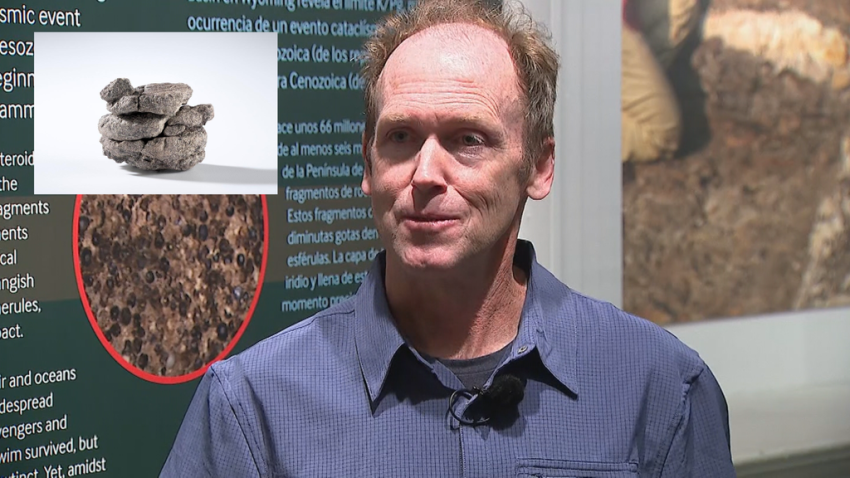A Surprising Fossil Discovery Beneath a Museum Parking Lot
In an unexpected twist, one of Colorado’s most remarkable fossil finds was uncovered this year, right under the parking lot of the Denver Museum of Nature & Science. The discovery came to light when museum officials shared the news last week, revealing a rare and significant find that has captured the attention of scientists and visitors alike.
The discovery happened during a routine geothermal drilling project in January. As part of the process, museum scientists took the opportunity to investigate what lay beneath the surface. What they found was nothing short of astonishing—a dinosaur bone. Patrick O’Connor, director of Earth and space sciences at the museum, described the moment with excitement.
“He said, ‘there’s a fossil in the core,’” O’Connor recalled. “Really?” The realization that they had stumbled upon something ancient and valuable was immediate.
What makes this discovery even more incredible is the precise nature of the location. The crews had to drill in just the right spot, at the correct depth, and then puncture the bone with a core bit that was only a few inches wide. The odds of hitting such a specific target were incredibly low.
O’Connor explained, “In the mud was this,” referring to the sample. “It looks like a piece of dinosaur bone.” Despite its unassuming appearance, researchers confirmed that this fossil is the oldest and deepest ever found in Denver.
According to O’Connor, the fossil dates back approximately 67 million years. During that time, dinosaurs were still the dominant large animals on Earth. “There weren’t many other large animals around besides dinosaurs,” he noted.
Bob Raynolds, an Earth Sciences Research Associate at the museum, emphasized the significance of the find. “In my 35 years at the museum, we’ve never had an opportunity quite like this, to study the deep geologic layers beneath our feet with such precision,” he said. “That this fossil turned up here, in City Park, is nothing short of magical.”
While the exact species of the dinosaur remains unknown, scientists have been able to narrow it down to a group of plant-eating dinosaurs based on the structure of the bone. “The bones that make up their backbone are constructed differently,” O’Connor explained. “So even though we can’t tell you all of the details about it just by looking at the structure of the bone, we know it pertains to one group of plant-eating dinosaurs.”
The fossil is now on display in the museum’s “Teen Rex” exhibit, allowing visitors to see and learn about this extraordinary find. O’Connor added, “Everyone can discover. Everyone can participate in science.”
This discovery not only highlights the rich geological history of the region but also underscores the importance of scientific exploration, even in the most unexpected places. It serves as a reminder that the past is often closer than we think, waiting to be uncovered beneath our feet.
